indy johar founder of HUB westminster on co-working spaces
designboom, interviewed indy johar (of architecture 00:/) founder of the HUB westminster and director of HUB network
image © designboom
HAWORTH-designboom editorial collaboration:
indy johar founder of HUB westminster on co-working spaces
designboom partners with leading office furniture company HAWORTH on an editorial series that investigates the future of the contemporary office environment and new ways of working. our alliance brings forth insights into the workplace and how it has evolved from something more static, into an active and modular condition.
in this second feature, we focus on ‘hubs for activity — collaborative work spaces’. this article, compiled by designboom’s editor-in-chief birgit lohmann, originally appeared in print (issue 02/volume 01/december 2013) in the arts and business journal artworksjournal.
across the planet, millions of individuals go to work each morning by not going to work. from global realtime communications to creative tools of production, technology already provides in one’s pocket many of the services for which centralized office spaces were once needed, making collaboration and exchange instantaneous and reliable regardless of geographic location. as a result, people are increasingly working from home, trains, and coffee shops instead of cubicles. the average workday is getting longer, but the flow of a typical day is being rewritten. longer hours at work means less time for conversations and independent learning outside of it, so early adopters of the new work-lifestyle are making these things part of their official job description. some people are choosing to become freelancers and part-time employees for the freedom it offers to pursue a range of personal interests; others fall into it as a result of circumstance or job availability. regardless, this is the reality of a growing percentage of the population, and it is changing cultural conceptions about what it means to go to work.
view of HUB westminster
image © designboom
the HUBs go to work
working for yourself doesn’t have to mean working by yourself. throughout the world, there is a growing shift towards more conscious and community-based behaviours, foreshadowed by the recent history within the arts and academia of an emphasis on interdisciplinary exchange and communication. when individuals create their own career paths, their work benefits from a collaborative approach, and it takes a certain kind of workspace to foster these kinds of effective exchanges.
designboom visited architect indy johar in london to learn more about his extensive study into socially driven sustainable urban organization. ‘the intersections of culture and technology have contributed to a mindset of ‘own less, use more‘, he explains, ‘and the concept of ‘ecosystems’ fits the contemporary landscape of work much better than the centralized model of decades past’.
‘we’re effectively going to see the corporate model become the uncorporate model,’ johar predicts, with large companies breaking down into separate but interwoven branches for their physical infrastructure, investment, and learning platforms. as a result, there is a pressing need to open up the office, moving away from divided departments and cubicles and towards what he describes as a ‘fluid mix’ wherein executives, startups, suppliers, and talent makers are all part of a larger ecosystem. as a result, there is a pressing need to open up the office, moving away from divided departments and cubicles and towards what he describes as a ‘fluid mix’ wherein executives, startups, suppliers, and talent makers are all part of a larger ecosystem.
in this landscape, access to networks is fundamental. johar is one of two co-founders of the HUB westminster in london, part of the HUB network of globally connected independent local community spaces, where members can work and collaborate not only with one another but with like-minded people in HUBs throughout the world. image © designboom
image © designboom
‘I think HUB is a missing link‘, the architect tells us. ‘what we’re trying out is: how do you create an ‘uncorporate’ platform that allows for economies of scale to work with economies of scope in different ways?‘
providing diverse work areas, electricity, and other needs in a communal setting, the hub environment is designed to foster unexpected conversations and connections: artists, entrepreneurs, businessmen, and other individuals from an endless range of backgrounds, careers, and interests sit together at open tables, prepare food in an in-house kitchen, or draw up ideas together over coffee and at whiteboards. these spaces give participants access to ambitious, change-driven conversations that are difficult to cultivate in spheres of everyday life. special events and regular programming create a community whose members learn from each other and expand the possibilities and impact of individual projects.
some HUB members are employed, others — nicknamed ‘dockers’ at the westminster space — come to the HUB looking for work, and as johar calculates they usually find it: an estimated 72% of those searching find a job from within the HUB westminster alone.
designboom also attended the second urbanresearchunit event ‘working in the future city’ organized by london-based grimshaw architects, which took place on 19th march, 2013.indy johar introduced the audience to ‘new ways of working’ — here is an excerpt of his presentation.
the HUB initiative was designed to harness the power of networks to address the difficulties of collaboration and support structures that are required to translate good ideas into real social change. from seattle to são paulo, singapore and milan to tel aviv, over 30 HUBs spanning five continents are in full use with membership services, events, and programming. 20 additional ‘HUB initiatives’ are already in development; within five years, the network is expected to comprise over 100 platforms worldwide.
as a result, HUBs worldwide also work together to expand ventures, whether it’s HUB zurich members creating a local offshoot of a project founded at the vienna site or the milan HUB hosting a consortium of environmental experts from HUBs across europe. while the periamma project works out of copenhagen to develop sustainable school projects in india, africa, and thailand, the boulder HUB’s unreasonable institute accelerates ambitious ideas from across the world through a star-studded fellowship program each year in colorado. the skyway foundation at the rotterdam HUB creates immersive multisensory artistic experiences for the deaf and hearing impaired… and it’s not all non-profits and startups. as paul lloyd robson works from denmark to help seattle-based microsoft reduce its environmental footprint, hubber alex bretzner goes to work each day in brazil to offer environmentally conscious consulting and business development plans to international companies.

the first installment of the wikihouse prototype (most of the HUB’s open source furniture has been designed by opendesk, see the designboom article)
image © designboom
what the HUB members tend to have in common is their drive for sustainable impact and positive social change.
what varies from HUB to HUB is the particular focuses of their events and classes, which changes based on the culture and interests of members, and what kinds of initiatives make their home at the workspaces, a question that is highly dependent on the needs and ethos of the local community. the network’s locally distributed, globally connected model allows initiatives to provide solutions relevant to any project scope, from the hyper-local– like são paulo’s carbono zero bicycle courier company– to the decidedly global. interested communities need only register their details with the organization to begin the process of founding their own HUBs; a new site officially joins the global network after a peer review and favourable vote from each existing HUB.
while johar is catalyzing change — mapping a plan for how we shift from ‘I’ to ‘we’ — many other independent but exclusively local co-working spaces are cropping up alongside the HUB community in major cities across the planet, most exceptionally in rapidly growing centers in south america and china. image © designboom
image © designboom
non-office furniture for the future
most HUBs are comprised of three types of environments: collaborative, semi-private, and private.
all of them are conceptualized as blank canvases — while they provide basic furniture and necessities, the focus of the space is not on superfluous decoration but rather how people fill it and what they do with their time there. hubbers bring all kinds of personal objects and possessions to make their workspace, even in the sprawling open collaborative areas, feel uniquely theirs; and the HUBs feature creative touches inside and out, whether they’re built to resemble a giant red bus as in singapore or highlight their walls with colorful assemblages designating the HUB locations worldwide. microcosms of the work world in themselves — and thus a prevision of grander changes in society and culture — the HUBs are a perfect place to study human behaviour and watch out for the next trends in office furniture.
the north american company HAWORTH inc., one of the world’s ‘big three’ office furniture makers and industry leaders, has been a partner of the HUB westminster since its foundation, and the company has been pioneering a number of design initiatives in europe through participation in HUB programs, collaboration with the HUB team, and active exchange of research information.
henning figge, vice president europe of HAWORTH, tells us, ‘traditional office furniture was perceived for static days in front of a monitor. the question of how to design an efficient, healthy workspace has thus become a lot more complicated, but also a lot more liberating. we are now taking into account the ergonomic needs of workers who might easily be simultaneously scrolling through the latest tweets via smartphone, skyping with a business partner on their tablets, and reviewing data for the conversation from a desktop screen. on average, about two thirds of workers use at least two different devices each day, ranging from desktop monitors to laptops, tablets, and smartphones.’
intensive research into body posture and joint movement unites with experimentation in furniture structure and stability is part of this revolutionary investigation. image © designboom
image © designboom
the diversity of new needs means that office furniture manufacturers are also for the first time not restricted to international standards and regulations regarding the precise dimensions and production specifications of chairs and desks, permitting an expanded level of creativity and aesthetic vision. but the enduring effects of the new world of work will extend far beyond that. the design of office furniture and environments is equally shaped by changes within office culture and its increasing emphasis on collaboration and communication.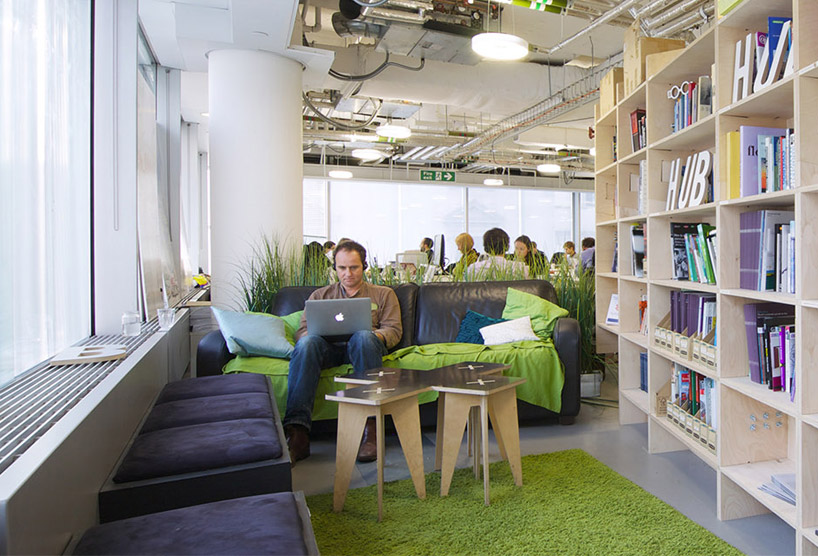 image courtesy HUB westminster
image courtesy HUB westminster
the intersection of these new ways of working is creating space for all kinds of innovation and entrepreneurial ventures (not necessarily socially responsible).
in america, the startup breather is combining the business models of zipcar, airbnb, and the HUB into a service that lets on-the-go workers rent out private office space for 30 minutes, a few hours, or the entire day. a user can find the nearest breather locations through a GPS-enabled smartphone app and reserve a room. the system automatically debits a credit card stored on file and the person can enter the space by unlocking the door with his or her smartphone through keyless entry technology offered by the american company lockitron. with this service, breather hopes to address the needs of today’s mobile worker, who might need to meet a client, make a phone call, charge a dead device, take a powernap, or have a quick quiet place to work anytime, anywhere.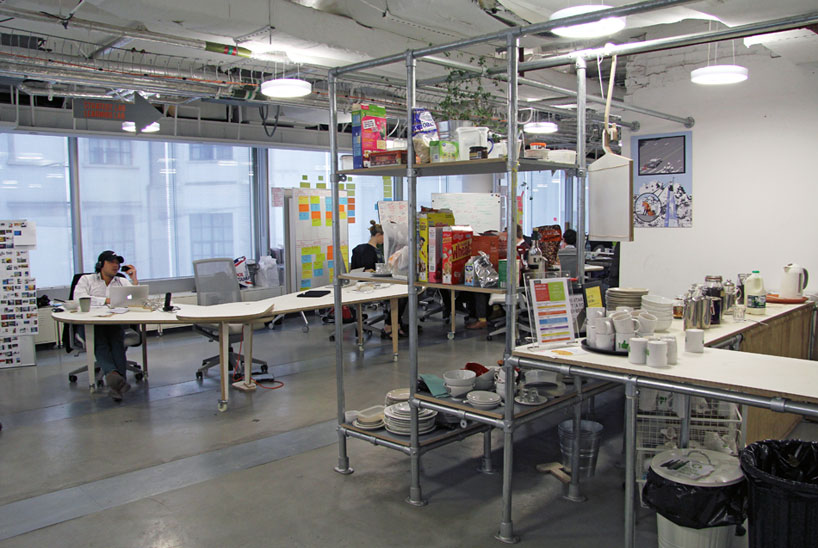
image © designboom
where we’re headed
no one’s saying that sprinting to the nearest HUB is your only chance of survival in this new world of work. but the reality is that in an interconnected realtime global landscape with a rapidly broadening conception of office culture, we’re learning more than ever before about the vast potentials and the basic needs of our societies, cultures, and ourselves.
now it’s time to really get to work.
image © designboom
the HUB allows small to medium-sized organisation to share a space with like-minded people and the direct benefits are opportunities for networking. each of the HUBs is licensed by the governing body, the HUB association, and contributes to the costs of maintaining the association according to its size. all hubs are quite different, and are run individually by its local founders who are financially responsible for their own business.
image © designboom
inderpaul johar is an architect and co-founder of a social design and strategy practice. he is also a demos associate, fellow of respublica and a commissioner for NLGN (new local government network) for next localism. he has taught at institutions including TU berlin, university of bath, the architectural association and university college london and has lectured at the said business school, london school of economics, royal institute of british architects, royal society of arts and the royal academy.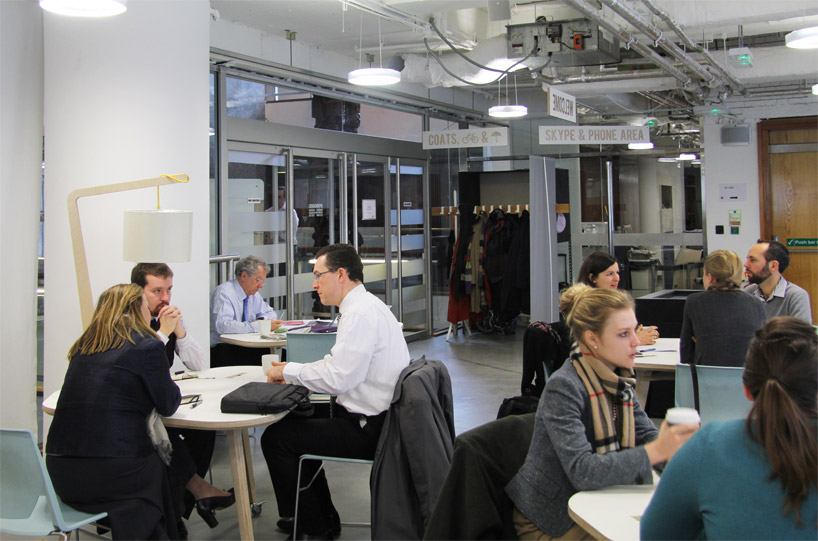 image © designboom
image © designboom

image © designboom
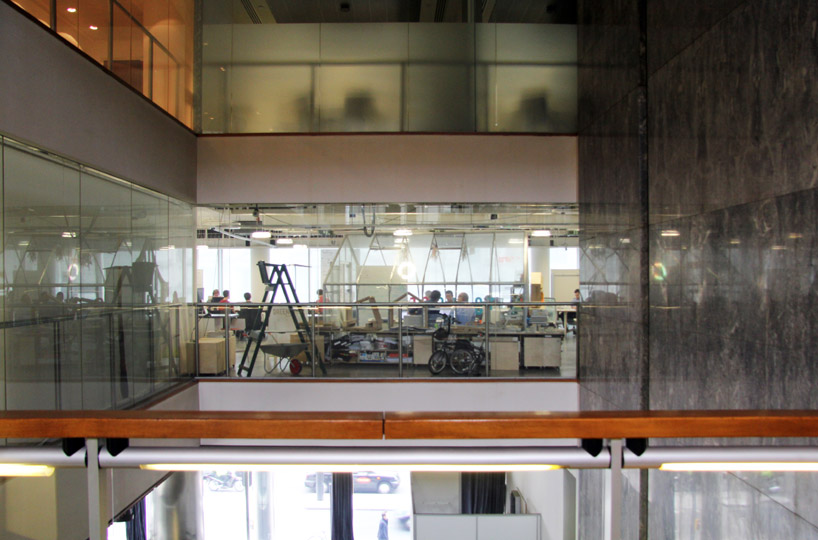 HUB westminster is located in the heart of london overlooking trafalgar square
HUB westminster is located in the heart of london overlooking trafalgar square
image © designboom

image © designboom

image © designboom


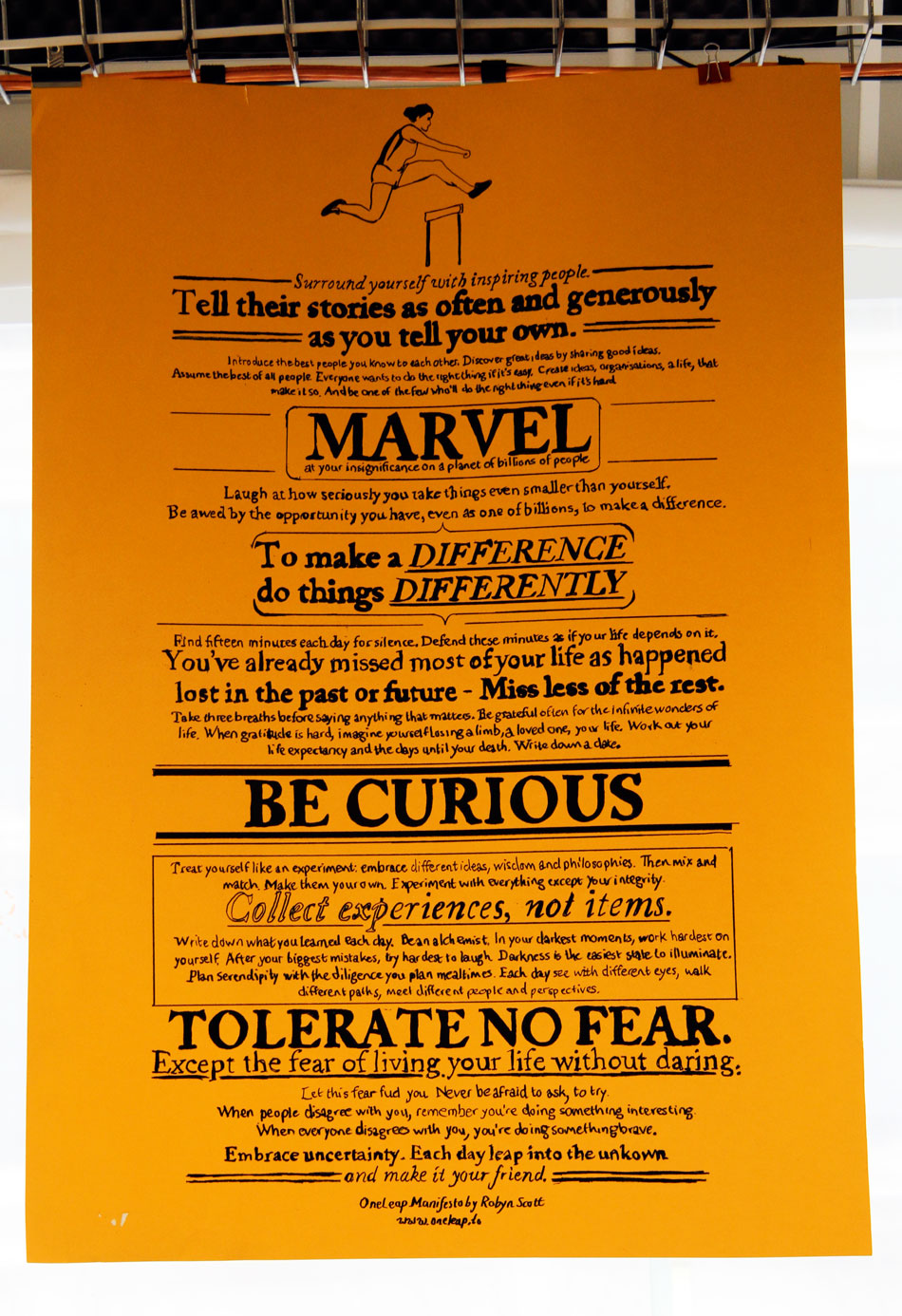

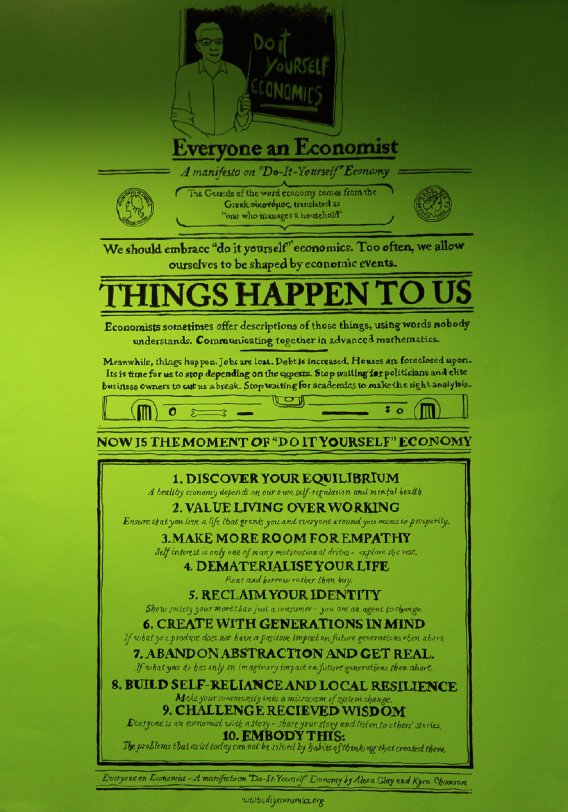

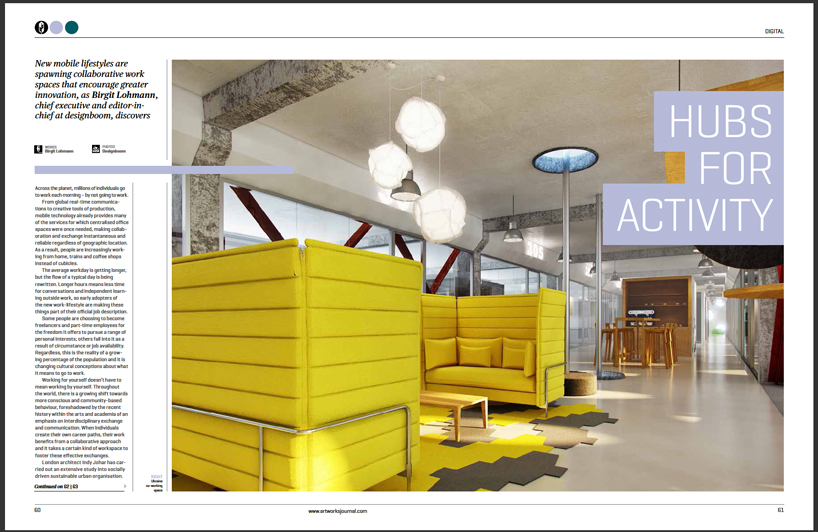





Save
Save
Save
Save
Save
Save





















